Graeme Elphinstone
“It's completely different, building stuff for ice. It's not easy. Traversing is like a long-haul transport operation on snow. We've done lots of different models of sleds over the years, and all of those sleds are still travelling."
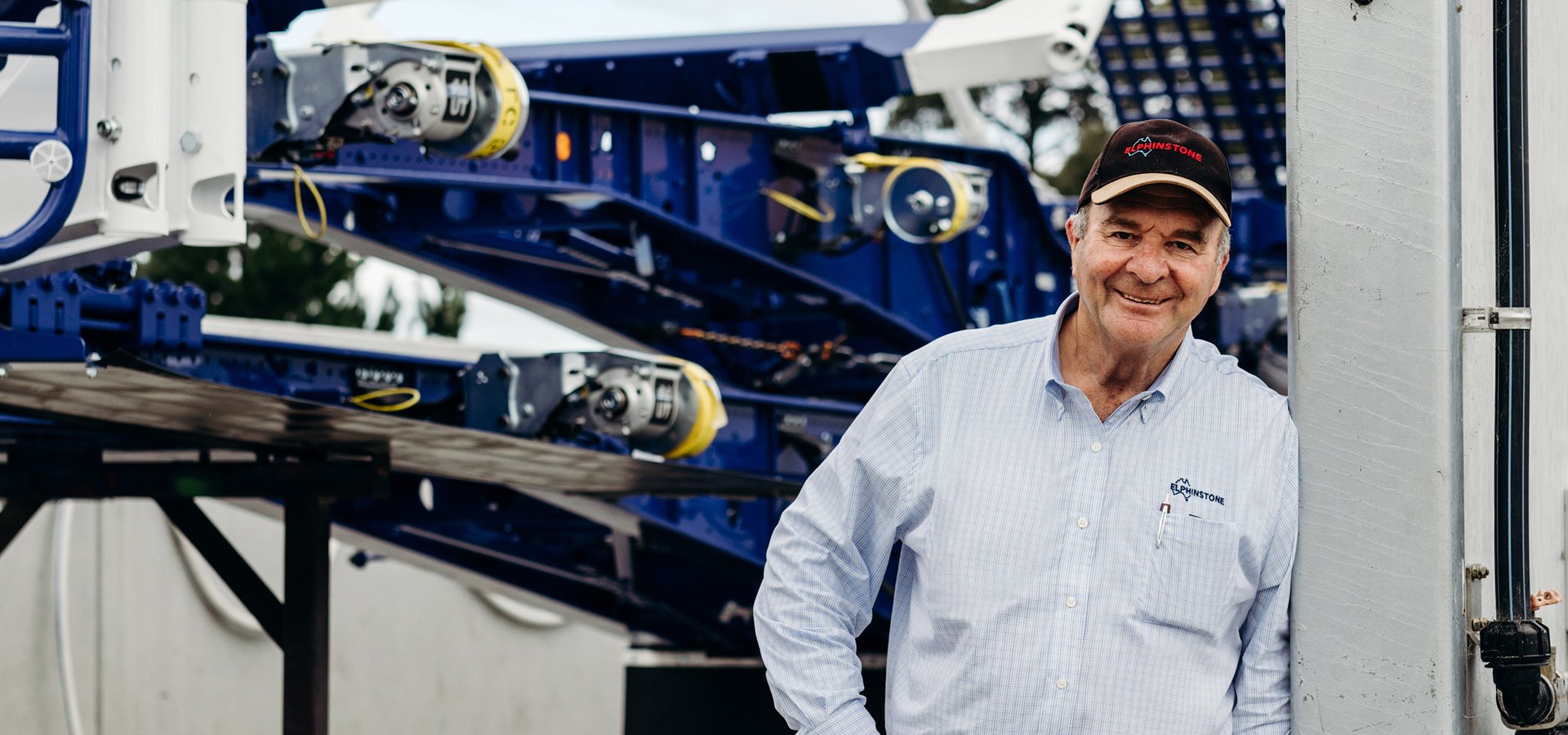
"The first truck we ever fitted with on-vehicle weighing was being built here in Tasmania. I could see why they were failing. That's how I learnt to design. By seeing failures. Learning to solve problems.”
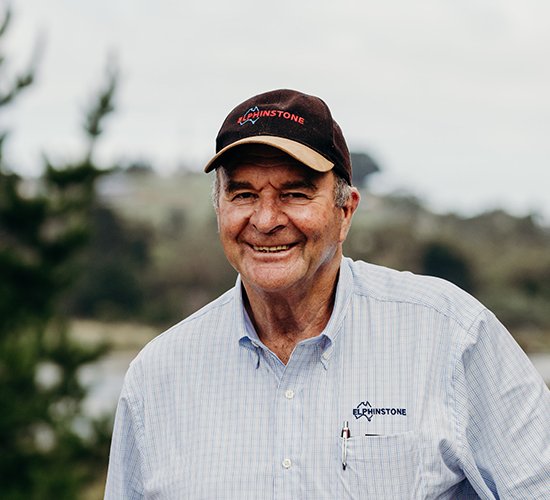
Graeme Elphinstone is accustomed to hard work. In fact, he rather likes it.
At fifteen he left school to work on his father’s farm, 20km inland from Burnie in north-west Tasmania.
“My dad was a farmer. He was a farmer all his life. He worked pulling logs with bullocks when he was a boy. And then he got into his own farming. We had a small bulldozer and a wheeled tractor. When I think back… I think he just enjoyed it when we were in the bush. He loved nature.”
Graeme worked on the farm with his father for seven years. Together they did contract work for the community, building dams, clearing land, and ploughing, until Graeme purchased his own first piece of equipment—a chainsaw—and learned to fell trees. In 1971, he moved three and a half hours away to Triabunna, on the east coast of Tasmania, and eventually became a supervisor at the Tasmanian Pulp and Forest Holdings mill, dedicating his spare time to repairing chainsaws and selling spare parts.
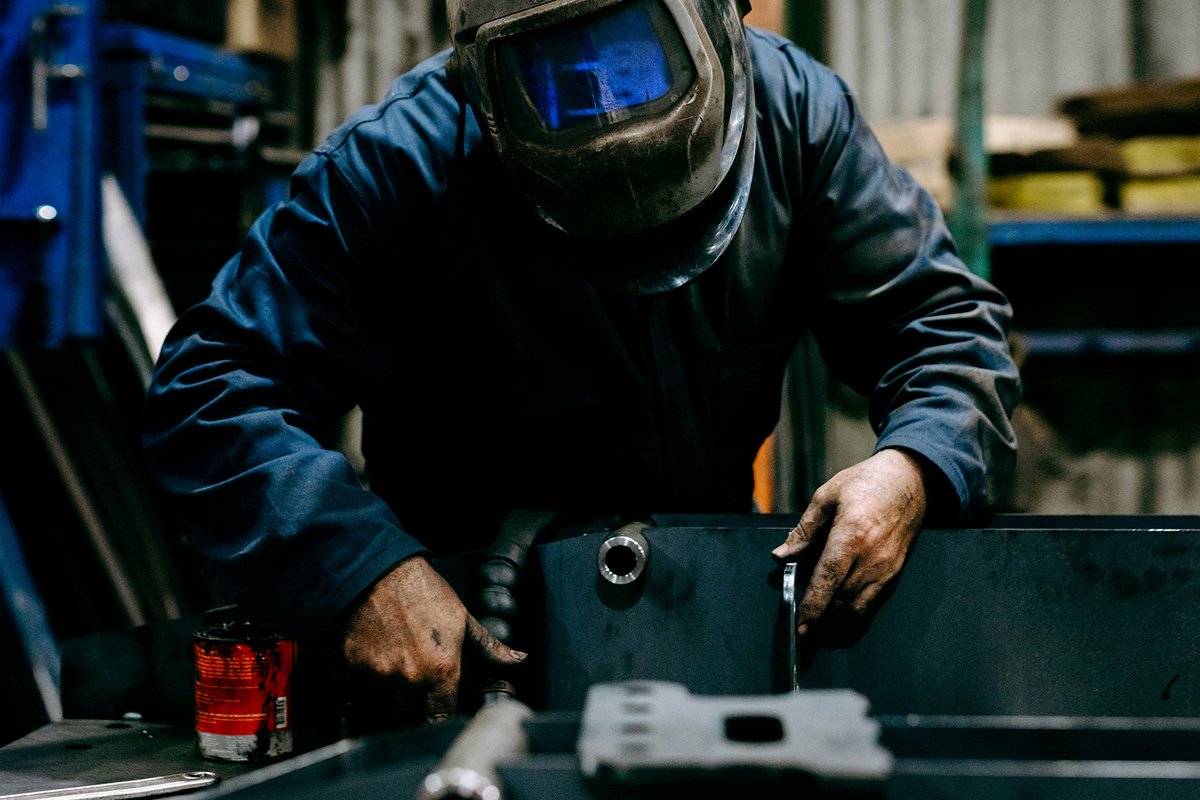
Graeme was working full time, but he had nothing to do on weekends. So, he decided to find more work.
“Dad had a field welder on the farm. I'd been used to working weekends, and Dad, he only had one eye so he wouldn't touch the welder, he said, ‘Do you want to take that down and pick up a little work?’ So I worked at the mill during the week, repaired chainsaws at night, and did welding jobs on the weekends.”
In 1975, after three and a half years at the mill, Graeme handed in his notice. He’d discovered a new passion: trucks. Trucks, and solving problems.
Working at the mill, Graeme had witnessed many truckers arguing with law enforcement over the weighbridge. Weighing was a legal requirement, but it took time. It cost money. It caused problems. Graeme’s brother, Dale Elphinstone, was working as a diesel fitter in Canada at the time; working on trucks that had in-built scales. Why didn’t Australian trucks have these?
Graeme and his brother decided to import weighing systems from overseas. In 1976, Elphinstone Brothers were the first to introduce on-vehicle weighing systems in Australia.
“The first trailer we ever fitted with on-vehicle weighing was being built here in Tasmania. We went and sat down with the trailer manufacturer in Hobart and said, ‘How about fitting the load cells in while you're building this new trailer?’ They told us to piss off, that we didn’t know what we were doing. So when that trailer was about three or four weeks old, still brand new, we cut it up and put load cells into it ourselves.”
Graeme continued to retrofit his on-vehicle weighing systems to existing trailers, cutting up trailers to install load cells inside. By modifying existing vehicles, he learned how to improve them. “I could see why they were failing. That's how I learnt to design. By seeing failures. Learning to solve problems.”
Graeme eventually bought his brother out of the business, and Elphinstone went from importing systems to designing their own. They started building trailers and exporting parts, and in 1985 they began creating equipment that could traverse the icy, turbulent terrain in Antarctica.
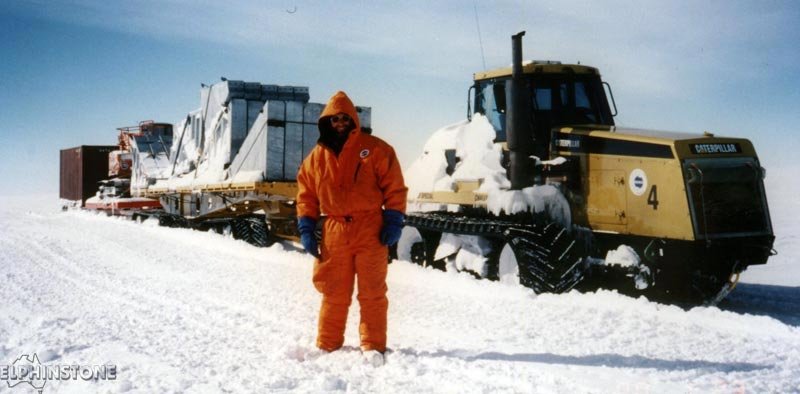
“It's completely different, building stuff for ice. It's not easy. Traversing is like a long-haul transport operation on snow, the distance is like running a track from Geelong to Newcastle. We did lots of different models of sleds, the first ones were on rubber tracks. They were better on soft snow. Some were on skis. We’ve done heaps of different things over the years, and all of those sleds are still travelling. They do three trips a year, 1100km each way.”
Graeme’s first Antarctic equipment was built for Australian expeditions, and in 1993 he began designing sleds for the French Polar Institute. In 2000, after fifteen years of building Antarctic equipment, Graeme finally set foot on the continent himself.
“I asked if I could go along two or three years before, and they said ‘Oh, but Graeme. It's like being in another country.’ I said, ‘Well yeah, I've done that before.’ ‘Oh, but when we are on traverse, we all speak French!’ Well, I've worked with other languages—I can't speak them, but I know what they're talking about. Finally, they said yes.”
Graeme’s first trip to Antarctica was two months long. He joined the expedition on the French icebreaker L'Astrolabe, driving tractors on traverse and looking after equipment on the base. He’s been back another three times since. It’s not for everyone, but Graeme loves a challenge.
“When you’re inland, it’s like being at sea in a boat. Sometimes it’s rough. Sometimes it’s smooth. Sometimes it’s just white, sometimes it almost looks blue. When you look behind you, you think you’ve come down hill. When you look in front, it looks like you’re going uphill. Some people, when they get away from the coast, they have problems with it. I just find it so peaceful.”
Graeme Elphinstone is one of five Antarctican-Tasmanians featured in partnership with our friends at Antarctic Tasmania.

We worked with southern Tasmanian photographer Jess Oakenfull for this Tasmanian story.
Read about more Tasmanians
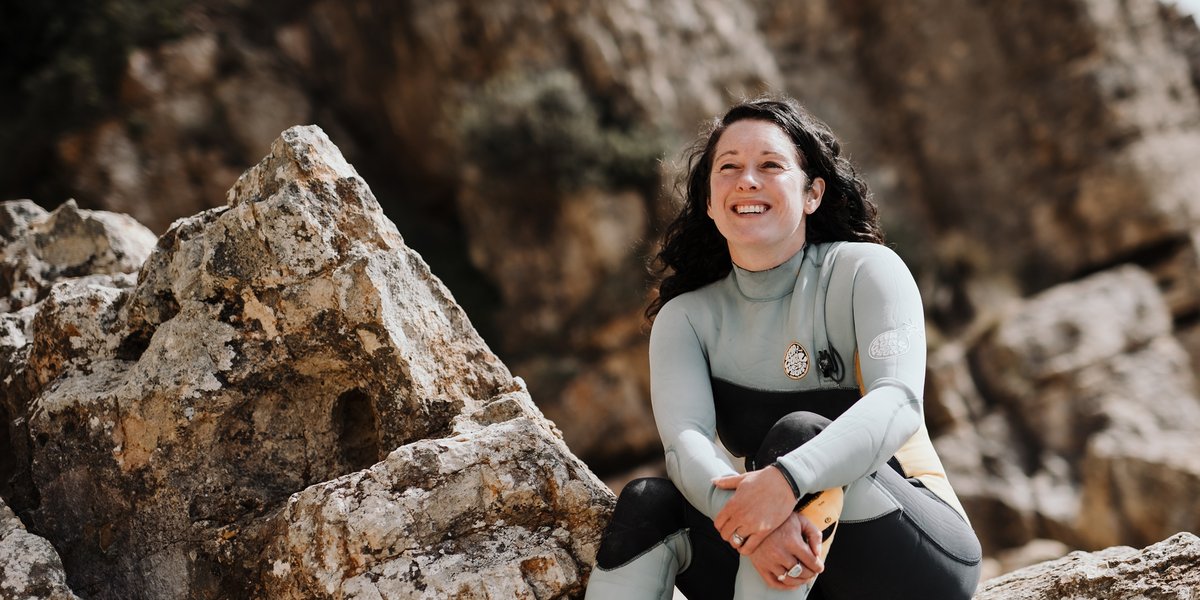
Virginia Andrews-Goff
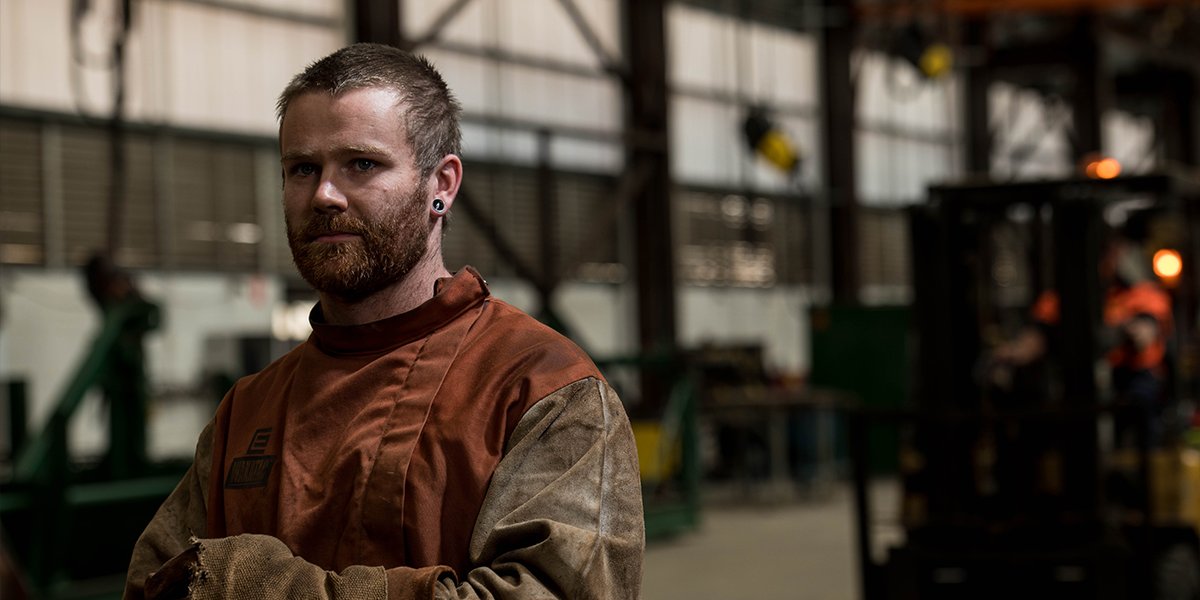
Ethan Bligh
